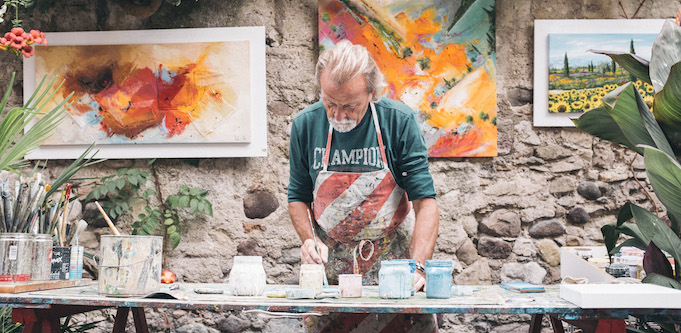
It’s common for those working on a creative task to reach a point where they feel they’ve exhausted their ideas.
But research from the Kellogg School of Management at Northwestern University in the United States suggests forcing yourself to keep on brainstorming even after you feel you’ve run out of creative ideas will pay off.
Read more: Four things to get the creative juices flowing
Kellogg School researchers Brian Lucas and Loran Nordgren ran a series of experiments to investigate the value of persistence when it comes to creative tasks and according to Kellogg Insight, they found individuals often underestimate how many new ideas they will come up with if they keep trying.
Despite high profile examples of successful creative people developing thousands of patents before striking gold on the winning idea, Lucas and Nordgren were keen to tackle perceptions around persistence and creativity.
In the experiments, the researchers asked participants to brainstorm creative ideas in two short blocks of time. After completing the first session, the participants were asked to predict how many more creative ideas they would generate in the next session.
The first experiment involved brainstorming ideas for Thanksgiving meals. When predicting how many ideas they could come up with in their second block of time, the participants underestimated: they predicted they would come up with 10 more ideas, but were able to generate 15 ideas.
The ideas developed in the second block of time were also seemingly more creative. While the meals suggested in the first block of time were well-known Thanksgiving staples, such as turkey, the second block of time generated more interesting suggestions, such as turkey-shaped waffles.
A second set of experiments showed individuals are more likely to underestimate persistence in highly creative tasks in comparison to low-level creativity tasks, such as solving a maths problem.
A third round of experiments added a monetary value to the challenge by allowing participants to re-invest money earned from coming up with ideas in the first block of time. Because more creative ideas were produced in the second time block, it was in the participants’ financial interests to persist with the task.
“That feeling that you’ve kind of run out of ideas in inaccurate and, in a sense, shouldn’t be listened to,” said Nordgren.
“Judge the quality of the solutions you have thus far, and if they’re inadequate, you should continue forward because there’s good reason to believe that there are better solutions out there.”


COMMENTS
SmartCompany is committed to hosting lively discussions. Help us keep the conversation useful, interesting and welcoming. We aim to publish comments quickly in the interest of promoting robust conversation, but we’re a small team and we deploy filters to protect against legal risk. Occasionally your comment may be held up while it is being reviewed, but we’re working as fast as we can to keep the conversation rolling.
The SmartCompany comment section is members-only content. Please subscribe to leave a comment.
The SmartCompany comment section is members-only content. Please login to leave a comment.